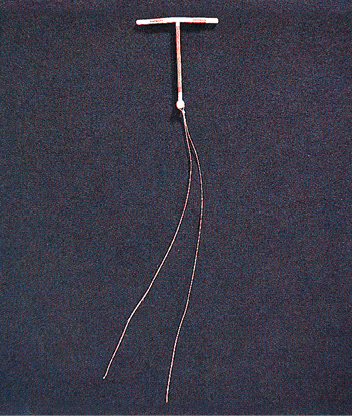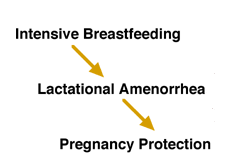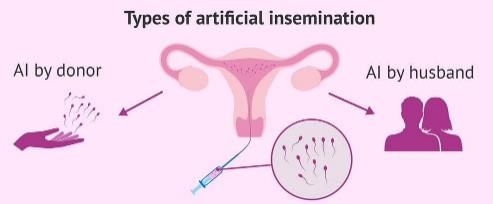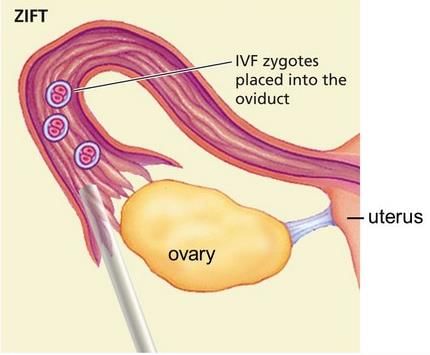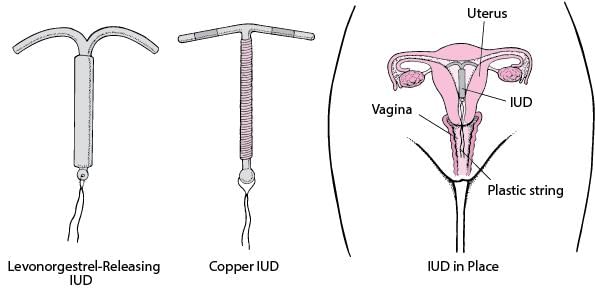31 Years NEET Previous Year Questions: Reproductive Health - NEET MCQ
18 Questions MCQ Test - 31 Years NEET Previous Year Questions: Reproductive Health
Which of the following is hormone-releasing IUD? [NEET 2021]
Select option including all the sexually transmitted diseases. (2020)
In which of the following techniques, the embryos are transferred to assist those females who cannot conceive? [NEET 2020]
Which of the following contraceptive methods involve the role of hormones? [NEET 2019]
The contraceptive ‘Saheli’: [NEET 2018]
In the case of a couple where the male is having a very low sperm count, which technique will be suitable for fertilization? [NEET 2017]
One of the following is NOT a method of contraception – which one? [NEET Kar. 2013]
Artificial insemination mean: [NEET 2013]
One of the legal methods of birth control is: [NEET 2013]
Which of the following CANNOT be detected in a developing foetus by amniocentesis? [NEET 2013]
The test-tube Baby Programme employs which one of the following techniques: [2012]
The technique called gamete intrafallopian transfer (GIFT) is recommended for those females: [2011 M]
Medical Termination of Pregnancy (MTP) is considered safe up to how many weeks of pregnancy? [2011]
Which one of the following is the most widely accepted method of contraception in India, as at present? [2011]
Cu ions released from copper - releasing Intra Uterine Devices (IUDs): [2010]
Consider the statements given below regarding contraception and answer as directed thereafter:
(i) Medical Termination of Pregnancy (MTP) during the first trimester is generally safe.
(ii) Generally chances of conception are nil until the mother breast-feeds the infant up to two years.
(iii) Intrauterine devices like copper-T are effective contraceptives.
(iv) Contraception pills may be taken up to one week after coitus to prevent conception.
Which two of the above statements are CORRECT? [2008]
Given below are four methods (A-D) and their modes of action (a-d) in achieving contraception. Select their correct matching from the four options that follow: [2008]
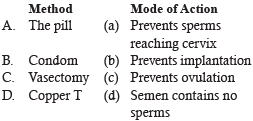
Copper-T is a device that prevents: [2000]


